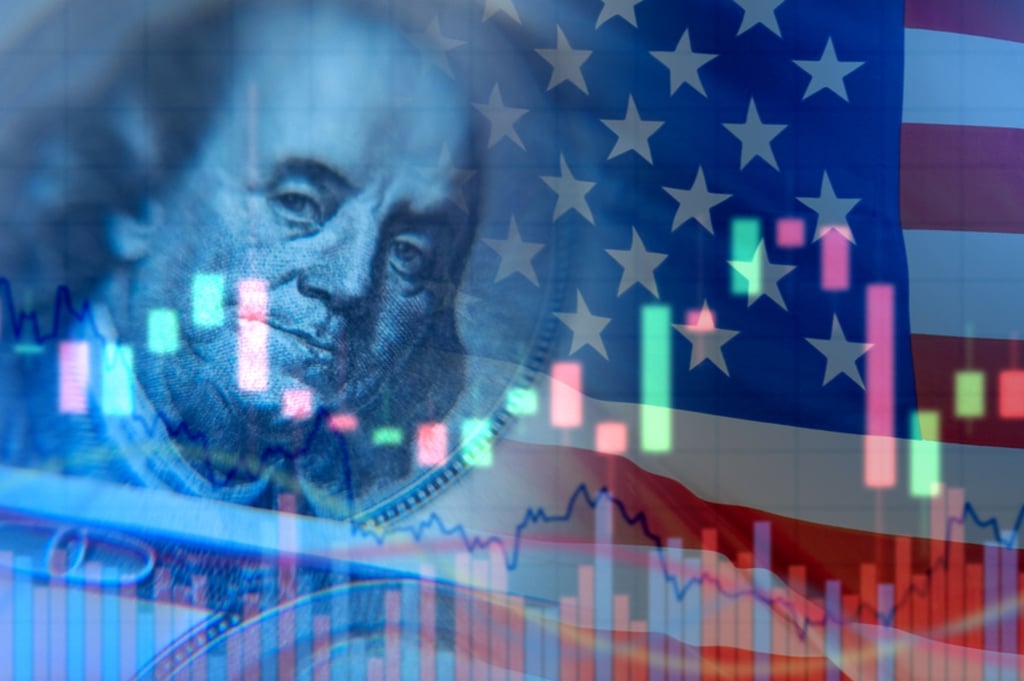Skip to main content
Skip to footer

France central bank governor calls on governments and regulators to boost capital markets union to help close investment gap

Eurosystem staff now see headline inflation averaging 2.5 percent in 2024, 2.2 percent in 2025, and 1.9 percent in 2026

The country's growth rate for 2024 has been revised up to 2.7 percent by research firm

Inflation in Canada declined this year to a three-year low of 2.7 percent in April

Until this month, Eurozone inflation had been steadily declining towards the ECB's 2 percent target

Q1 GDP growth was a sharp slowdown from Q4 2023's 3.4 percent pace

First-quarter GDP data expected to reveal resilience in the U.S. economy, impacting rate cut expectations

The CPI excluding volatile items and holiday travel stayed at an annual 4.1 percent

Consumers' 12-month inflation expectations rose to 5.4 percent from 5.3 percent in April

Fed officials say the central bank needs to wait for significant progress on inflation before cutting interest rates

Strong dollar, possible interest rate hikes are major risks to gold prices

Gold prices achieved a record high of $2,449.89 but have since lost over $100

Yen weakness fuels speculation of early BoJ rate hike

Traders are currently pricing in a 73 percent chance of an interest rate cut in November

Consumer price inflation came in higher than expected at 4.0 percent in the first quarter of the year

Services inflation eased only slightly to 5.9 percent from 6 percent, missing the 5.5 percent forecast

Gold prices held above the $2,400 key level ahead of potential interest rate cuts later this year

The dollar index rose 0.1 percent, making greenback-priced bullion less attractive to holders of other currencies

The dollar index maintained its downward trend, declining 0.03 percent on Monday

Dollar index declined almost 0.6 percent this week, making gold more affordable for holders of other currencies

The main drivers of the CPI increase were the rising costs of shelter (up 0.4 percent) and gasoline (up 2.8 percent)

U.S. consumer prices increased less than expected in April, which supported bullion

Inflation remains the most important concern when operating a small business in the U.S.

Decline in inflation indicators could bode well for the precious metal























